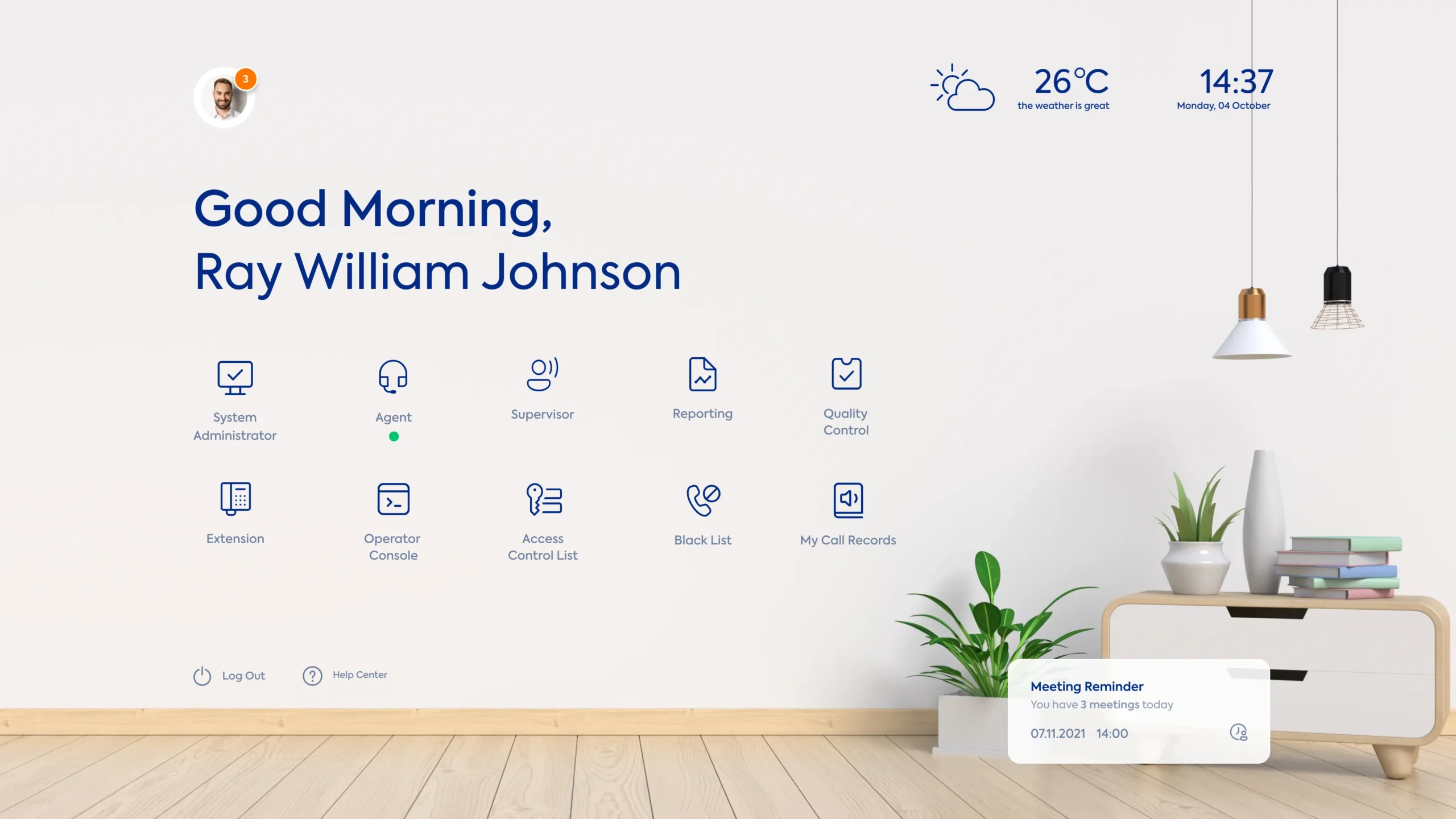You’re mid-conversation with a potential customer.
Everything’s going smoothly until you hit a wall. They pause, hesitate, or throw out a vague: “I’m not sure.”
That moment? It’s your cue to dig deeper, not to push harder.
Objections aren’t deal-breakers. They’re invitations to understand your customer better. So what’s the move?
It is mastering handling objections through the right probing questions for a conversation that:
- Smart,
- Empathetic, and
- Strategic
Let’s turn resistance into results by learning how to use probing questions.
How to Use Probing Questions Without Sounding Pushy
Customer objections can feel like dead ends but for top-performing agents, they’re actually the on-ramp to a sale.
- Top-performing reps are 53% more likely to explore the “why” behind a customer’s concern rather than move on too quickly.
Let’s see how you prepare yourself for handling objections as an agent in 5 steps:
Step 1: Know the 4 Core Objection Types
Before you respond, you need to decode what kind of objection you’re hearing. Most customer concerns fall into one of four buckets:
- Price: “It’s too expensive.”
- Need: “I’m not sure we need this.”
- Timing: “Now’s not a good time.”
- Trust: “I’m not sure this will work for us.”
🎯Why it matters: If you respond to the wrong objection (e.g., pushing a discount when the real problem is trust), you’re solving the wrong problem.
The secret? Ask better questions.

Step 2: Use Probing Questions to Uncover the Truth
Probing questions are your best sales tool. They turn objections into open conversations by showing the customer you care about their reasoning, not just the sale.
Here’s a cheat sheet to keep handy:
- Objection Type: Price
Probe Question: “Compared to what you expected, what feels too high?”
- Objection Type: Need
Probe Question: “If this problem disappeared tomorrow, how would that change things for you?”
- Objection Type: Timing
Probe Question: “What’s changing for you in the next 30–60 days that makes you feel off?”
- Objection Type: Trust
Probe Question: “What do you need to feel confident moving forward with us?” “What do you need to feel confident moving forward with us?” |
🎯Pro tip: Ask, pause, listen deeply, then summarize what you heard. That builds credibility fast.
Step 3: Reframe the Objection
Once you uncover the real concern, respond with a reframe, not a rebuttal. Show you’re aligned with their needs:
- Price Objection
“Totally fair. Let’s explore a version that meets your budget now, and scale later.”
- Need Objection
“Let’s look at what’s working, and what’s not. If we can bridge that gap, would it make sense to revisit the value this brings?”
- Timing Objection
“If not now, when will it become a priority? Can we map out a simple timeline together?”
- Trust Objection
“Makes sense. Would seeing a use case or client story help you feel more confident?”
🎯The aim: You’re not bulldozing the objection, you’re guiding them around it.
Step 4: Practice in the Wild with “Chat with GPT”
Now, here is where it gets fun. You can actually practice objection handling live using AI by following these 3 steps:
- Say to AI: “Pretend you’re a customer. Give me an objection.”
- Respond to what GPT gives you.
- Then ask for feedback: “How could I have improved my response?”
Yes, it may seem weird at first, but it’s the fastest, lowest-stakes way to build fluency and confidence before your next live call.

Step 5: Get Support from Your Manager or Coach
Objection handling shouldn’t be a solo sport.
Ask your team lead for structured support like:
-
- Call reviews: Go over tough objections together and discuss alternate approaches.
- Live shadowing: Get feedback in the moment.
- Simple coaching scorecard:
-
- Did I ask a probing question?
- Did I validate the concern?
- Did I offer a clear reframe?
Bonus Tip: Ask This Before You End a Call
Before hanging up, ask the potential client:
“What would make this feel like a win for you?”
It flips the conversation from your goals to theirs, and that’s what good selling is all about.
Your Next Step: Practice & Lock It In
To turn this article into real skills:
- Save the Probing Question Cheat Sheet
- Try a live objection simulation with GPT.
- Book a 15-minute review with your manager or a peer.
- Practice 3 objections this week, using questions first, not pitch
Tools That Help Agents Handle Objections Like Pros
Tech can sharpen empathy with features like:
- Post-call analytics
With these two main tools, supervisors can hear how agents navigate real-time customer concern resolution. That feedback loop helps refine both strategy and scripts.

The Role of Call Center Studio Features
Call Center Studio features give coaches data to support and agent growth with:
It’s not about grading calls, but growing agent communication skills through targeted, contextual feedback.
Summary and Key Takeaways
All the things we’ve mentioned in this article are the principles that don’t just help you close more deals, they make your conversations:
- More human,
- More thoughtful, and
- More successful.
Here is a detailed summary that can be your today’s takeaway today after all:
- Use probing questions to identify the real concern (price, need, timing, or trust).
- Respond with empathy and reframe rather than rebutting objections.
- Practice handling objections using tools like GPT to build confidence in a low-pressure environment.
- Encourage team support through coaching, shadowing, and structured feedback.
- Invest in call center sales training that focuses on active listening in support and improving agent communication skills.




